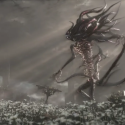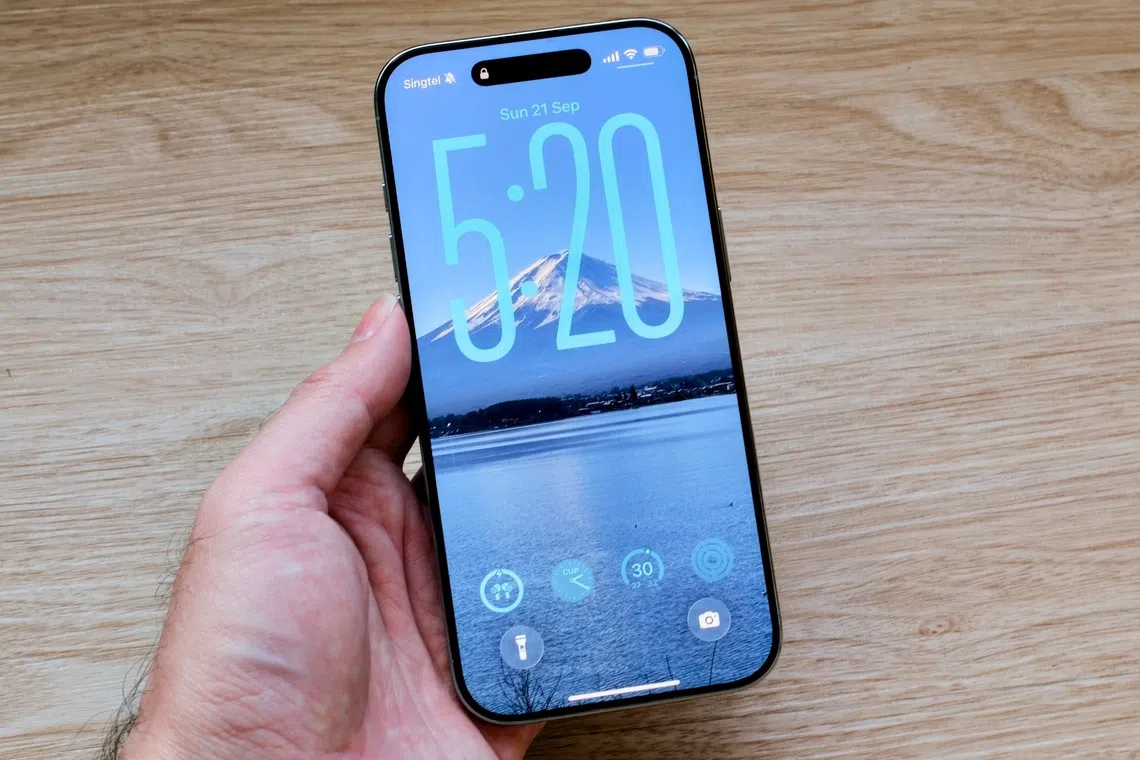There’s a special kind of nostalgia when you pick up a game you thought had been left behind in the PSP era. For me, Patapon was one of those titles that lived in the back of my memory. With Bandai Namco reviving Patapon 1+2 as Replay, I wondered if this quirky game that blends rhythm and strategy has aged well for old fans like me and newcomers alike.
In any case, the setup hasn’t changed much. You don’t play as a character on the battlefield, but as a godlike presence issuing commands to your Patapon army through drumbeats. Each face button on your controller represents a different drum, and chaining them together in time with the beat translates to orders: move forward with “pata pata pata pon”, attack with “pon pon pata pon”, and so on. Miss a beat and your little tribe stumbles; keep the combos going and you’ll trigger Fever mode, powering your Patapon army up.
Not your typical rhythm game

Image: Bandai Namco
Playing Patapon again, what struck me most was how little the core loop needed changing. Missions are short, often just a few minutes long, which makes sense given their PSP origins. You’ll repeat them plenty, farming Ka-Ching (the game’s currency) and materials to upgrade or spawn new unit types. It sounds grindy on paper, but in practice it works because each attempt is a quick rhythm puzzle. Mess up, and you’re back in very quickly. Succeed, and you’re rewarded with a new unit type to experiment with. The grind is still there, but each missions are bite-sized and easy to put down, take a break, and retry when you fail – and you’ll fail a lot of times.
And this is where Patapon sits in a curious place. It’s not exactly a rhythm game in the in the traditional sense. The rhythms are functional, a language that bridges you and your army. The music exists, sure, but it’s more call-and-response than catchy tunes you’ll hum after. The drums aren’t here to entertain your ears, they’re here to keep your army alive. It’s strategy dressed up in rhythm, rather than rhythm with a dash of strategy.








